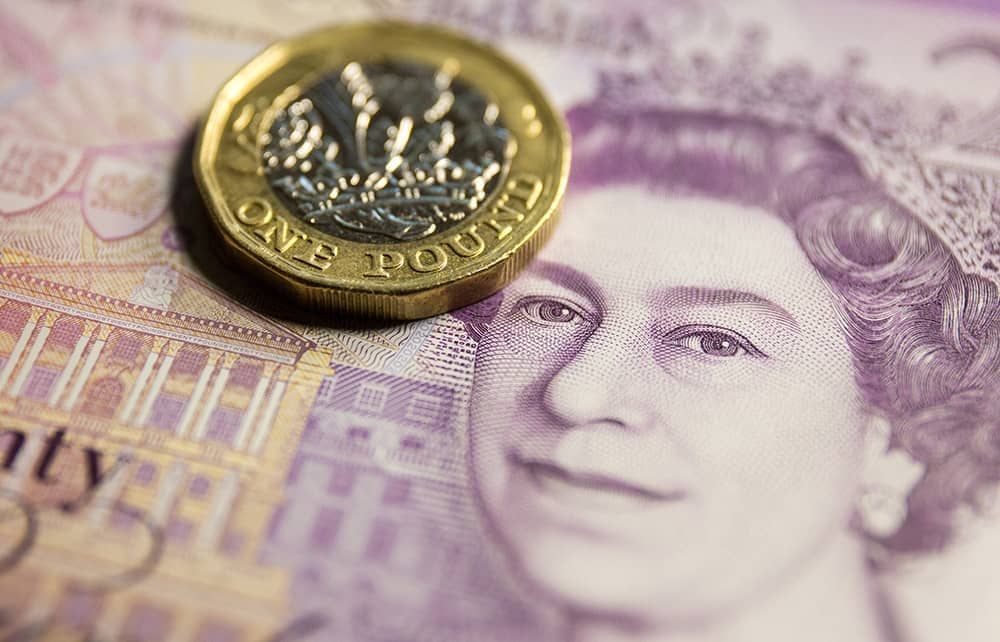Is anything anywhere getting noticeably better – economically speaking – or at least less bad? Are commodities and manufactured goods beginning to move more freely, for example, to ease the demand pressures that are stoking inflation? It’s good news that the number of container ships anchored off Los Angeles-Long Beach waiting to unload has fallen from more than 100 in January to around 20 at the latest count, but I note also that dockers there are demanding a 10 per cent pay rise. Drewry’s World Container Index – the handiest indicator of global shipping costs – has fallen 32 per cent from its peak last autumn, but remains five times higher than in the autumn of 2019.
Likewise, prices of most fertilisers dipped last month but are still scorchingly higheras input costs for food producers than a year ago. On the manufacturing front, microchip prices have fallen almost 40 per cent since January, but only after quadrupling during the pandemic. And in the global auto industry, another 104,000 vehicles – 68,000 in Europe, 36,000 in the US – have just been cut from production plans because of chip shortages. The UK construction sector reports that materials are moving more freely since the HGV driver crisis receded, but prices are still rising sharply and there are 244,000 fewer workers than three years ago. As for wholesale petrol and diesel prices at the refinery gate, no relief in sight.
So there’s some flattening-out of key prices to be observed, helped by easier movement of vital goods. But the peak of this physical inflation crunch still lies ahead, as does the wage spike it’s beginning to provoke. I hate to bore you with statistics or depress you with doom warnings: so I’ll look at all these categories again in September, in the hope of happier news to report.








Comments
Join the debate for just £1 a month
Be part of the conversation with other Spectator readers by getting your first three months for £3.
UNLOCK ACCESS Just £1 a monthAlready a subscriber? Log in